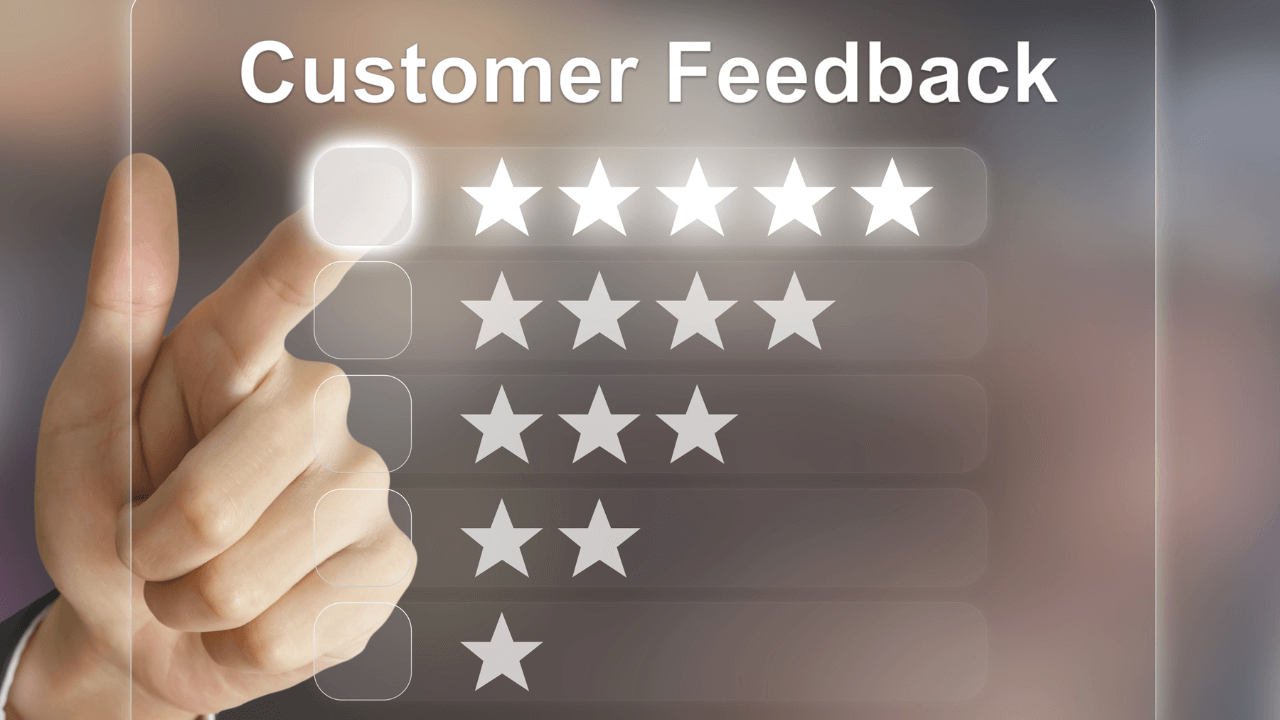Getting a customer to spend more money on your goods and services is a priority for small business owners. Fortunately, cross selling can help you do that. This sales technique is designed to get a client to buy something that’s directly related to the purchase they’ve just made.
What is Cross Selling?
Cross selling is a sales technique where businesses promote complementary products or services to a customer, either during or after an initial purchase. The intent is to increase the value of the sale and enhance the customer’s experience by providing additional options that align with their needs or interests.
- Physical Retail Example: Imagine you’re in an electronics store buying a computer. The salesperson suggests an upgrade to the computer’s memory, enhancing its performance. This recommendation is a classic example of cross selling.
- Digital Retail Example: Online shopping platforms often employ cross selling by showcasing suggestions such as “customers also bought this” or “frequently bought together.” These prompts introduce shoppers to complementary products that previous customers have paired with their initial choice.
This approach, when executed thoughtfully, can provide customers with a more comprehensive solution to their needs, while also increasing the average transaction value for the business.
If you’re wondering how to implement cross selling into your sales toolbox, there are some strategies that brick-and-mortar and online retailers can use to get started.
Cross Selling Strategies
Showcase Accessories

Some of the best strategies can be implemented quickly whether you’re a digital, brick-and-mortar or even omnichannel outfit. For example, if you own an electronics store, having accessories close to bigger ticket items is a great way to cross sell.
You might stock your shelves with memory cards, charging cables and upgraded batteries and place them around the display units that have computers in them. If you’re an online only store, you can build links to separate pages and use keywords like computer accessories.
It’s also possible to put a tab at the top so the navigation for your users is simple and accomplishes your cross selling objectives.
Give Examples

You don’t have to look far for examples. In fact, the next time you’re up for fast food at McDonald’s you’ll run right into some cross selling when the counter person asks you if you want a dessert with your food or if you’d like the latest “meal deal.”
Keep in mind you need to train your employees on the real value and techniques behind cross selling if you’ve got a physical location. For example, people selling windows for home renovation companies should stress the added savings customers will get on their heating and/or cooling costs.
Separate Lanes

If you need a little more convincing about how successful this technique can make you, Amazon reportedly gets 35% of their sales from cross selling. That number stretches back to 2006.
It’s important to keep cross selling and up-selling in their separate lanes. They are two different sales techniques and in an upsell you’re trying to sell the client something more expensive and upgraded.
For our computer store example, an upsell would be trying to sell your customer a computer with better built in features like a touch screen. Both techniques are useful ways for small businesses to increase their bottom line.
Here’s a few more cross selling techniques that are easy to implement and work well.
Get the Timing Down
Patience is one of the cornerstones of cross selling if you’re using emails or other digital techniques. Getting the timing right means understanding how to schedule a series of emails to sell other services or goods. For example, if you’ve sold web design services to a client, you might want to follow up with another email a week later on the importance of good content and copywriting.
If you look at the analytics involved generally in the open, click and reply rates specifically you can automate the system and tweak the timing.
Bundle Items

Bundling items together so you can cross-sell them as a package is as easy as using the “frequently bought together,” method online. Offering a discount on packages that complement the existing services is a method you can use in a brick-and-mortar location.
Use the Right Language
Engaging your customers so that you can cross-sell to them is one of the techniques you can’t afford to miss. When you remember one of the tools that makes cross selling successful is engagement, you’ll be able to better understand the best kind of language to use.
The language of cross selling communicates on a personal and individual level. If you use words like yours and you, you’ll be helping the shopper to imagine how they might use the goods or services.
Set Limitations
It’s good to remember that scarcity is one of the cornerstones of making any kind of sale. If you put a time limitation on an offer that you want to resell, you’ll be helping the client to make a quick decision.
Reporting that there are only four backup chargers left that go with that smartphone your client is buying is a good example.

One of the other tips that you can use to enhance your cross selling efforts is user generated content. There are still lots of e-commerce businesses that struggle with gaining customer loyalty. Having reviews and customer testimonials on the website can help smooth any doubts over and help your cross selling efforts in return.
Know Your Target Market
Revisiting your target market can help you better understand how to cross-sell to them. Of course you’ve more than likely already done that by now, but it’s a good time to check social media feeds and analytics to see what you can tweak.
This type of information can help you stock your shelves and position your inventory and links on a website.
Summarizing Key Cross-Selling Strategies
Explore the table below for a streamlined overview of the list above.
| Strategy | Description | Example/Implementation |
|---|---|---|
| Showcase Accessories | Highlight related items that can be bought alongside the main product. | In an electronics store, place memory cards, charging cables, and batteries near computers. Online, use keywords and tabs to guide users to accessories. |
| Give Examples | Show real-world instances of cross-selling to make it relatable and easy to understand. | Train employees using examples: a fast-food counter person offering a dessert or “meal deal”. Home renovation salespeople stressing savings on heating costs with window purchases. |
| Separate Lanes | Differentiate between cross-selling and up-selling to avoid confusion and to target sales pitches effectively. | Cross-selling: offering related products. Up-selling: promoting a higher-end version of a product, e.g., a computer with touch screen capabilities. |
| Get the Timing Down | Timing is crucial when using digital techniques, especially emails, to cross-sell. | After selling web design services, send a follow-up email about the importance of content and copywriting. |
| Bundle Items | Offer sets of complementary items together, possibly at a discounted rate. | Online: “frequently bought together” prompts. In-store: offer discounts on packages of related items. |
| Use the Right Language | Engage customers using personal and individualized language that helps them visualize the utility of the cross-sold items. | Use words like “yours” and “you” to help the shopper imagine using the products or services. |
| Set Limitations | Create urgency or scarcity to prompt quicker purchasing decisions. | Indicate limited stock, e.g., “Only 4 backup chargers left!”. |
| User-Generated Content | Leverage reviews and testimonials to build trust and support the cross-selling pitch. | E-commerce platforms can highlight positive customer reviews or user photos of a product in use, aiding the cross-selling of related items. |
| Know Your Target Market | Regularly analyze and adjust your strategies based on your target audience’s behavior, preferences, and feedback. | Use social media insights and website analytics to understand your target market’s preferences, then adjust product placements or recommendations accordingly. |
Image: Depositphotos.com
This article, “What is Cross Selling and Can It Boost your Small Business Revenue?” was first published on Small Business Trends
